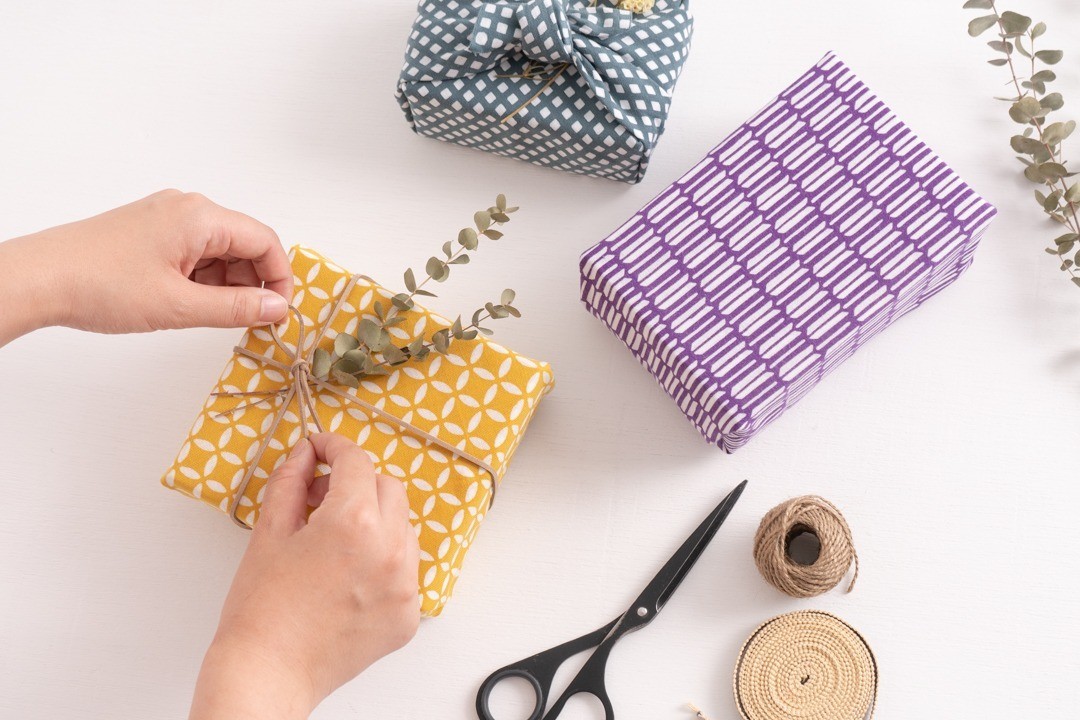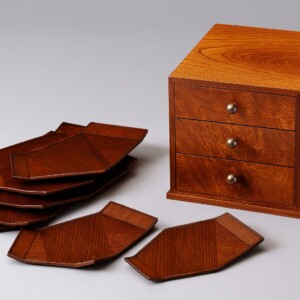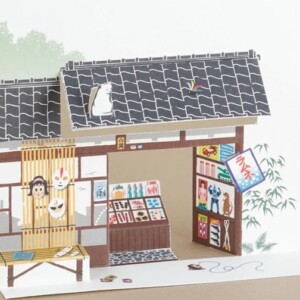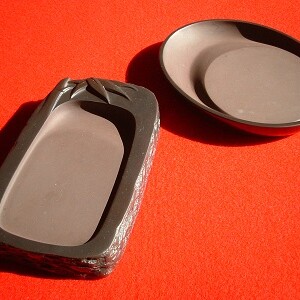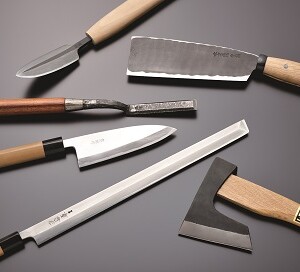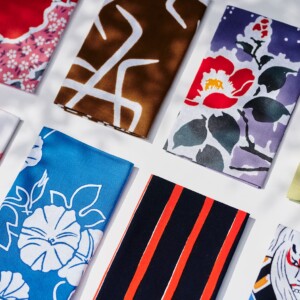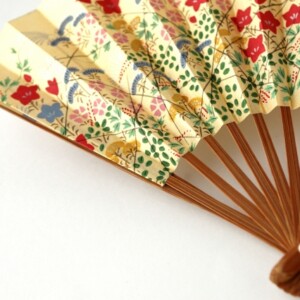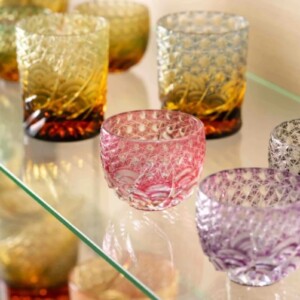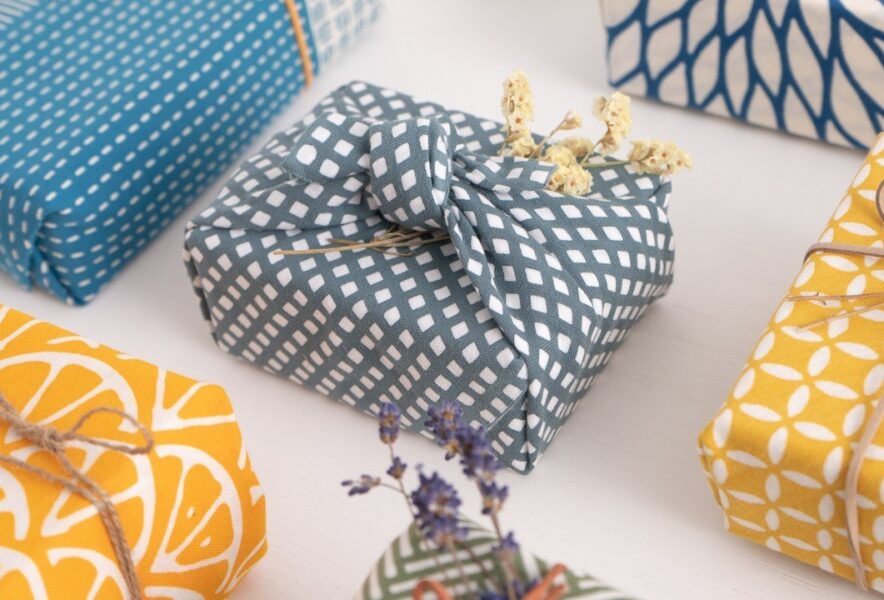
What is ethical realized by the tenugui towel specialty store “Kamawanu”?
Tenugui” is said to have been used since the Nara period (710-794).
It is a very functional Japanese daily necessity that is imbued with the wisdom of the past. In recent years, it is also being reevaluated as an ethical daily necessities.
In this issue, we will introduce the characteristics of tenugui and the specialties of the specialty store “Kamawanu.
What is ethical that can be realized with tenugui?
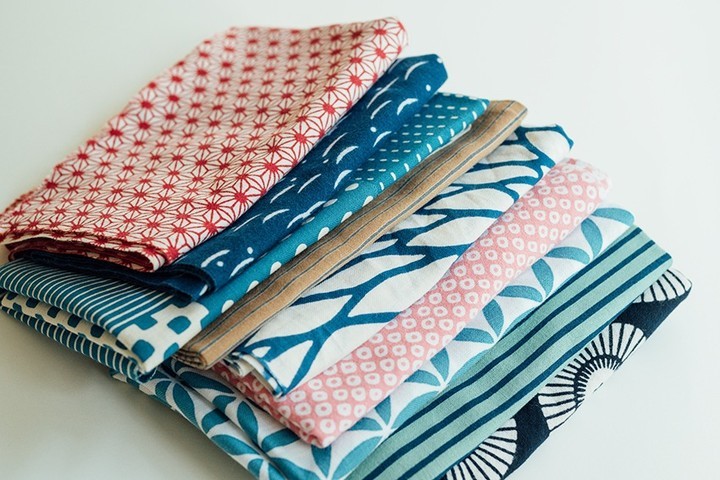
Tenugui cloths can be used in a variety of ways, making them a must-have item for ethical living. Here we introduce two specific ethical perspectives.
Daily necessities that are both multifunctional and sustainable
Tenugui can be used in a variety of ways, including decorating, laying out, wiping, wrapping, and covering. The more you use it, the more you can enjoy the difference in texture and color as it changes.
After being used for a long time, tenugui has a good texture, and many people have grown attached to it. The fact that it can be used sustainably and multifunctionally is very compatible with ethical consumption.

You can support traditional craft industries.
Tenugui is a traditional Japanese craft originally made by hand by craftsmen. However, the current widespread use of machine-dyeing, which allows for mass production, and a lack of successors have led to a decline in sales and the industry’s decline as a whole.
Therefore, purchasing tenugui hand towels made by the traditional production method of “shizome” is an ethical consumption that supports the traditional craft industry.
Kamawanu’s commitment to the tenugui towel specialty store
Thus, when we use tenugui from an ethical point of view, we need to consider “long use” and “production process” when making a choice. This article introduces the tenugui towel specialty store “Kamawanu” as a concrete example of ethical tenugui towel selection.
Commitment to the traditional “Shizome” manufacturing method
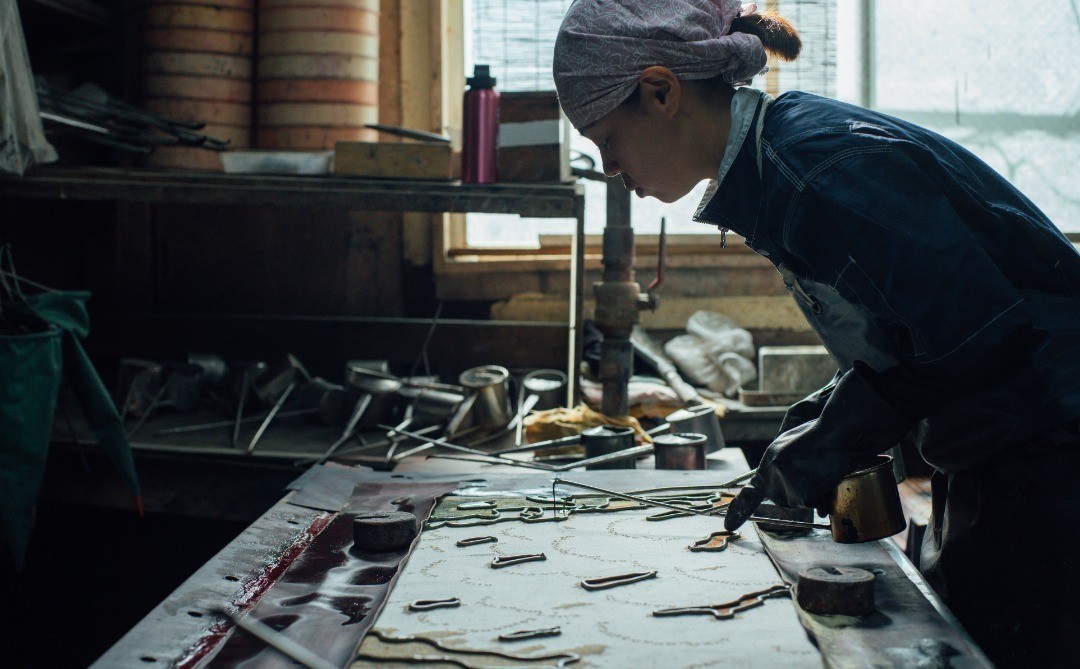
Kamawanu tenugui hand towels are made using the traditional “Shizome” dyeing method. This dyeing methodhastwoadvantages:the fabric of the tenugui absorbs water better and dries more easily, and the patterns can be used reversibly.
Also, since the dyeing process changes depending on the weather and humidity, the dyeing process is not the same and each tenugui towel has its own individuality. You can enjoy the texture of handmade hand towels made by the traditional method.
A wide variety of stylishly designed tenugui hand towels
Kamawanuoffers more than400types of tenugui hand towelswith designs ranging from traditional patterns to original designs.Each traditional pattern has its own meaning, so you may want to choose a design with a meaning.
For example, the “sickle +○+ Nu” usedas the logo of Kamawanuis a traditional hanji-mono. This was a popular hanji-mono in the Edo period (1603-1867) and is said to represent the spirit of Edo merchants who would give up their own selves to help those in need. Please try to find your favorite design among the “Kamawanu” designs.
Tenugui Specialty Store “Kamawanu” Store Information
Features and usage of “Tenugui” in practice
In order to incorporate tenugui, it is essential to know its features and how to use it well. Here we introduce the characteristics of tenugui and how to use tenugui.
Features of Tenugui
- Both ends are left uncut, making it easy to dry
The most distinctive feature of tenugui is that both ends of the cloth are left uncut. The reason for leaving the ends cut off comes from the fact that the cloth was cut and sold by the cloth cutter, but it also has the advantage of being easy to dry and hygienic to use.
Although there may be concerns about “fraying” due to the fact that the fabric is left uncut,by cutting the weft threads that fray each time, thefabric naturally becomes less likely to fray at a point about 5 to 10 mm from the edge.
- Compact and easy to store
The fabric of tenugui is a plain weave of cotton. Compared to towels, the fabric is very thin andcan be stacked10layers without being bulky. For this reason, it has become popular among minimalists in recent years.
In addition, because they are easy to store and can be used for multiple purposes, they are ideal for stocking up for emergencies such as disaster prevention or injuries.
Tenugui can be used for decorating, laying out, wiping, wrapping, and covering.
Specific examples ofuses include the following.
Hand wipes, dish cloths, hand towels, face wash, body towels, hair bands, wine wrappers, lunch box wrappers, tissue covers, book covers, pillowcases, luncheon mats, pots and pans, pot holders, wall hangings, curtains, ironing cloths, wiper sheets, nose paper, masks, eco bags, etc.
How to use Tenugui”is now available onYoutube atKamawanu.
OnKamawanu’sYoutubeaccount, videos of practical usage are available. You can also learn how to wrap a basic tenugui, so please refer to it.
How to wrap a Bento box with Tenugui – How to wrap a Bento box
Let’s try using the ethical daily necessities “Tenugui”!
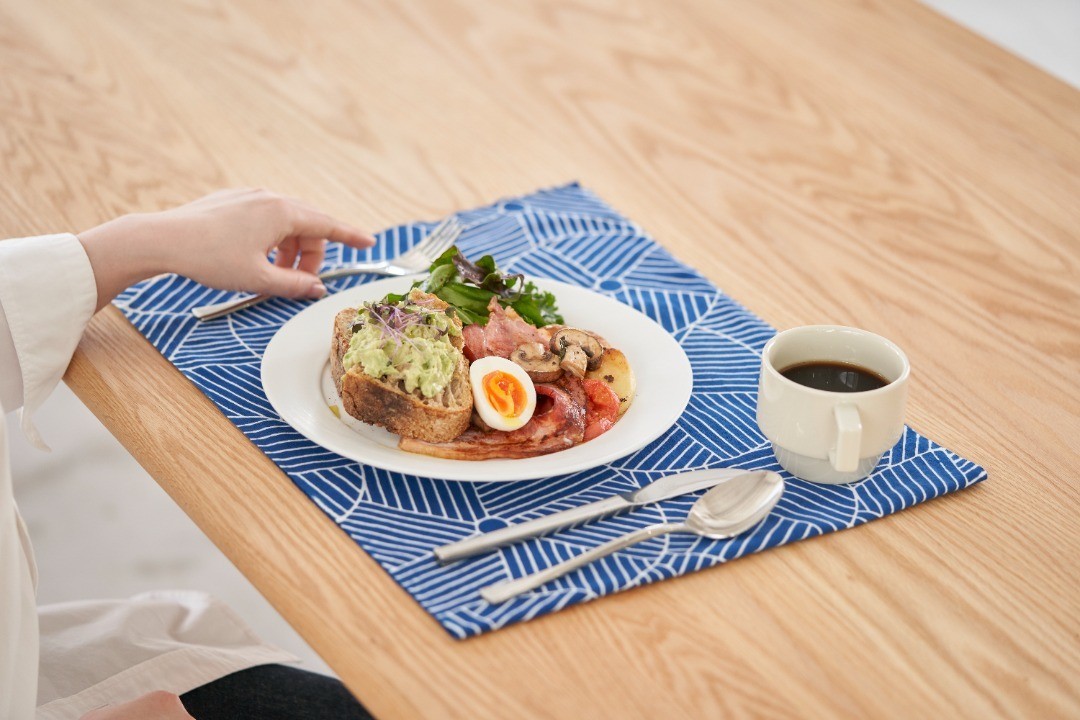
Tenugui is a convenient daily necessities that can play multiple roles in daily life. As you use it for a long time, the texture and color will become familiar to you and you will become attached to the item. Please try to find your favorite tenugui at Kamawanu, a specialty store with a wide variety of stylish designs.



